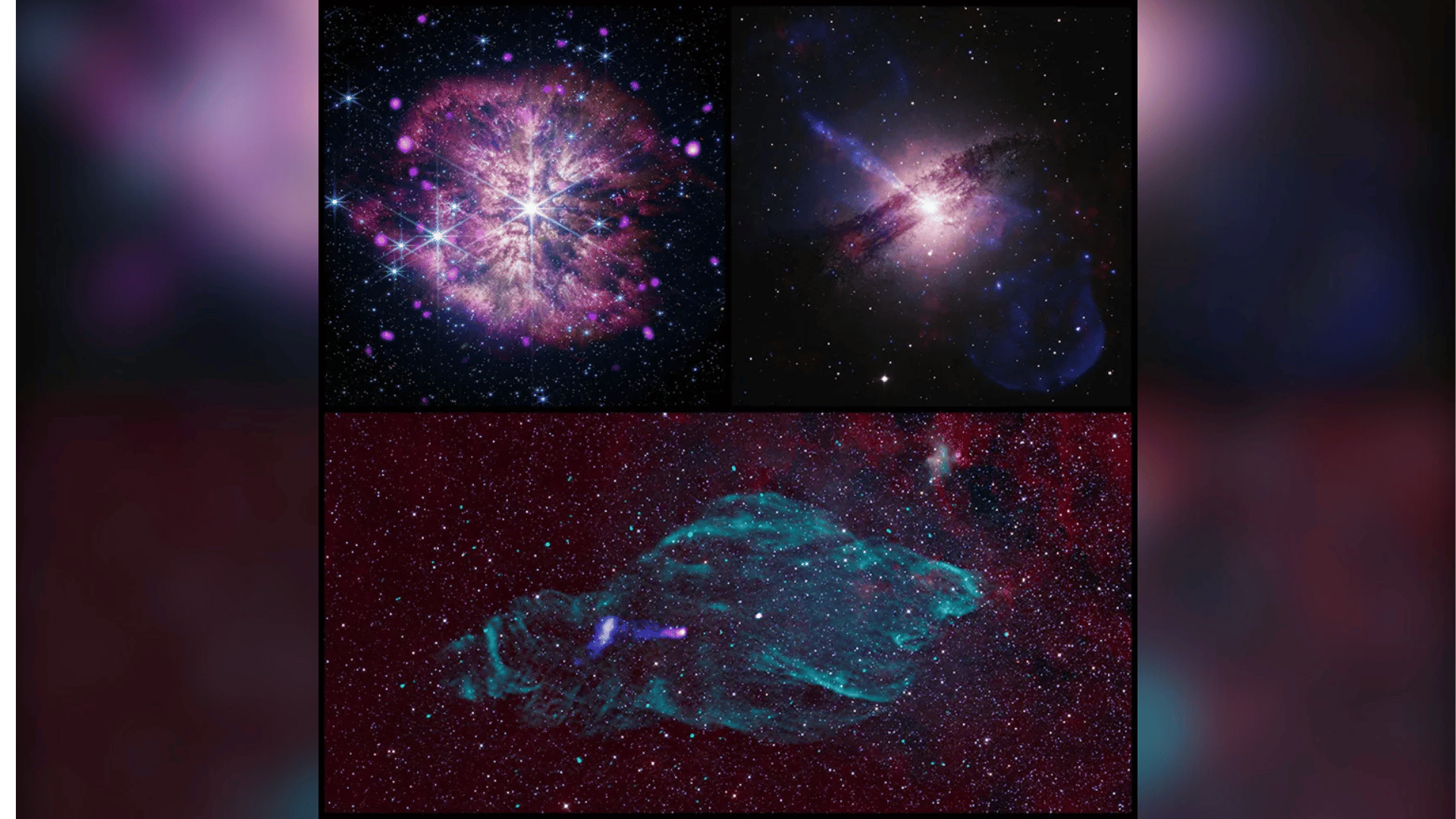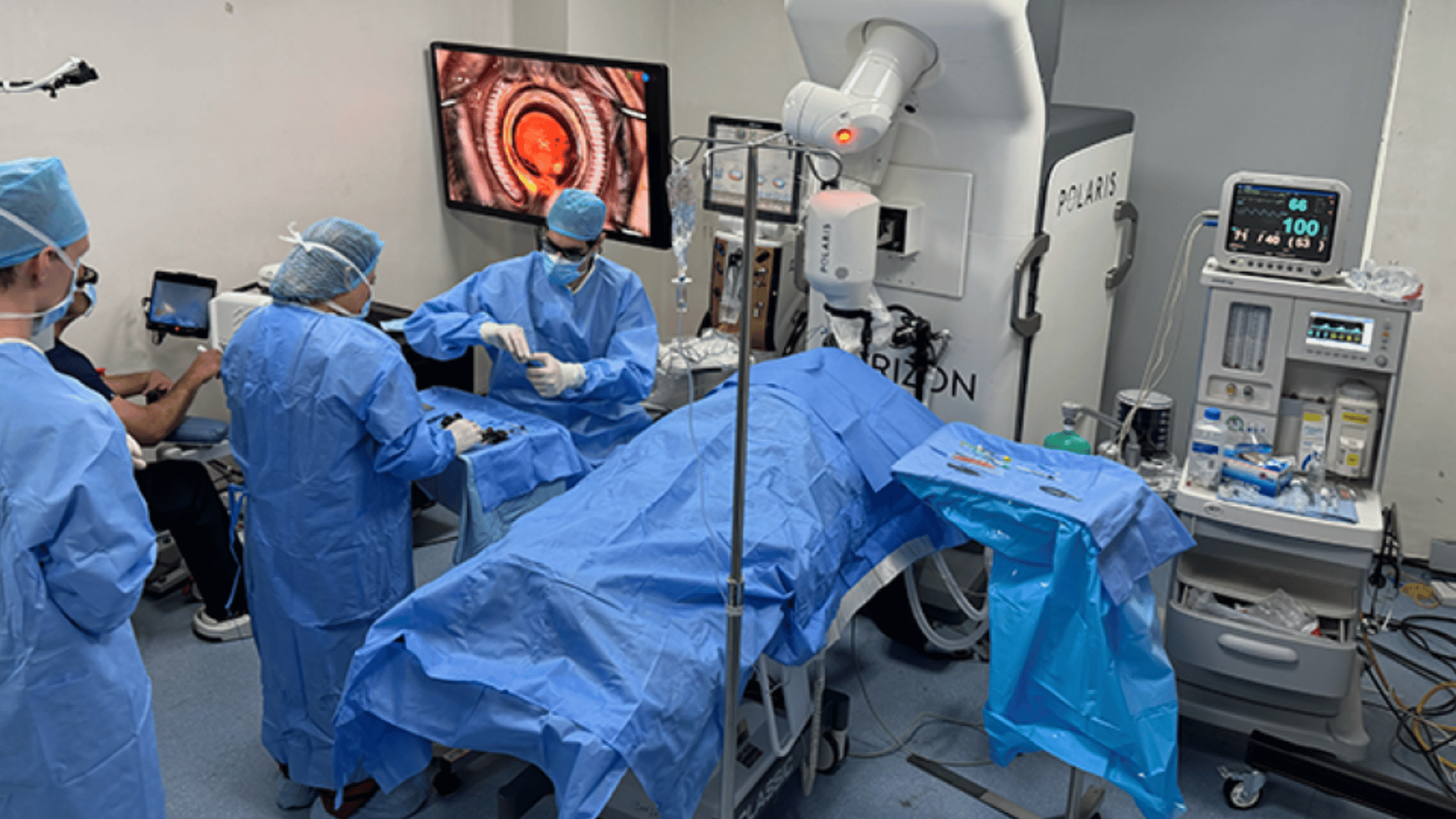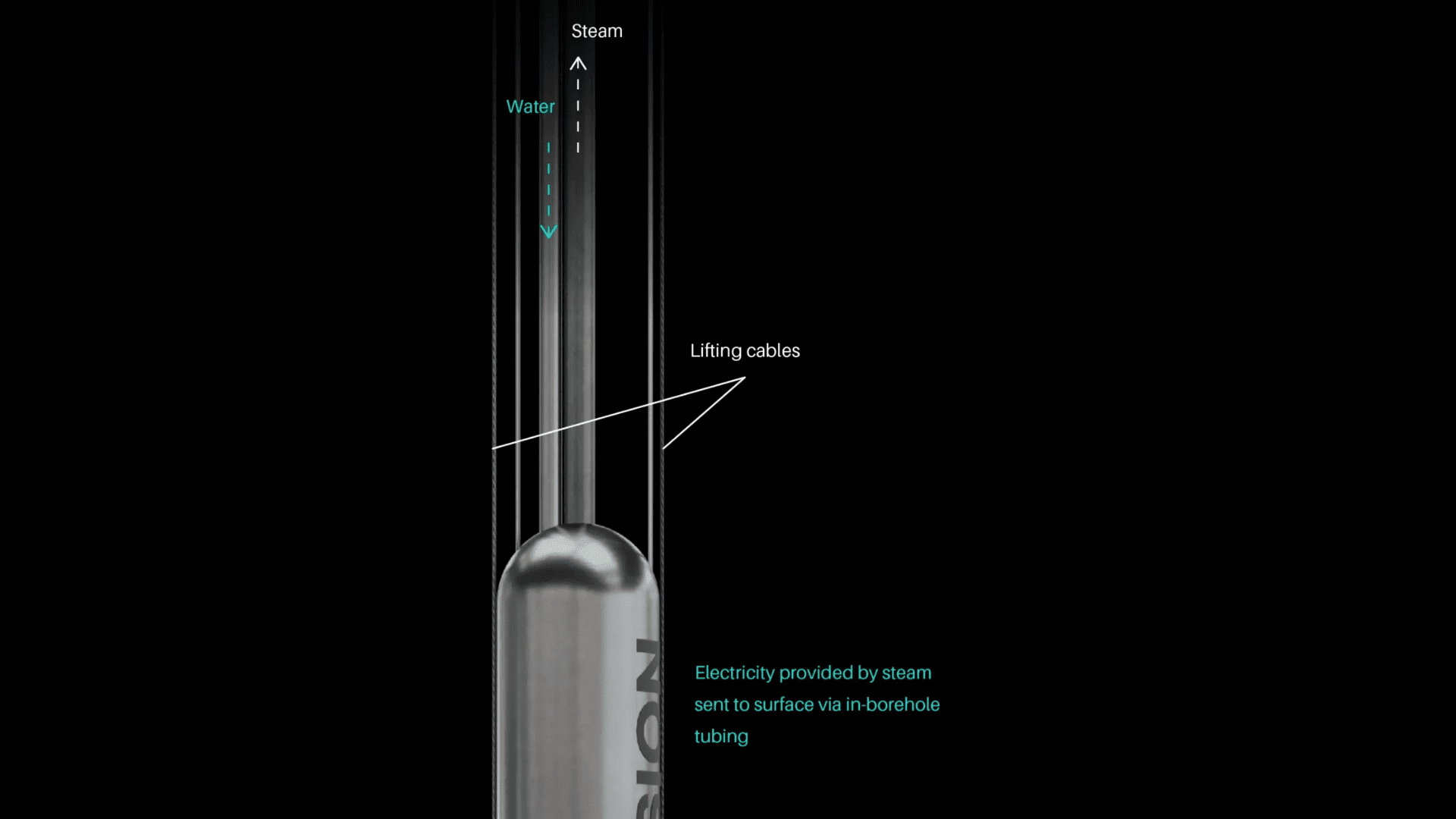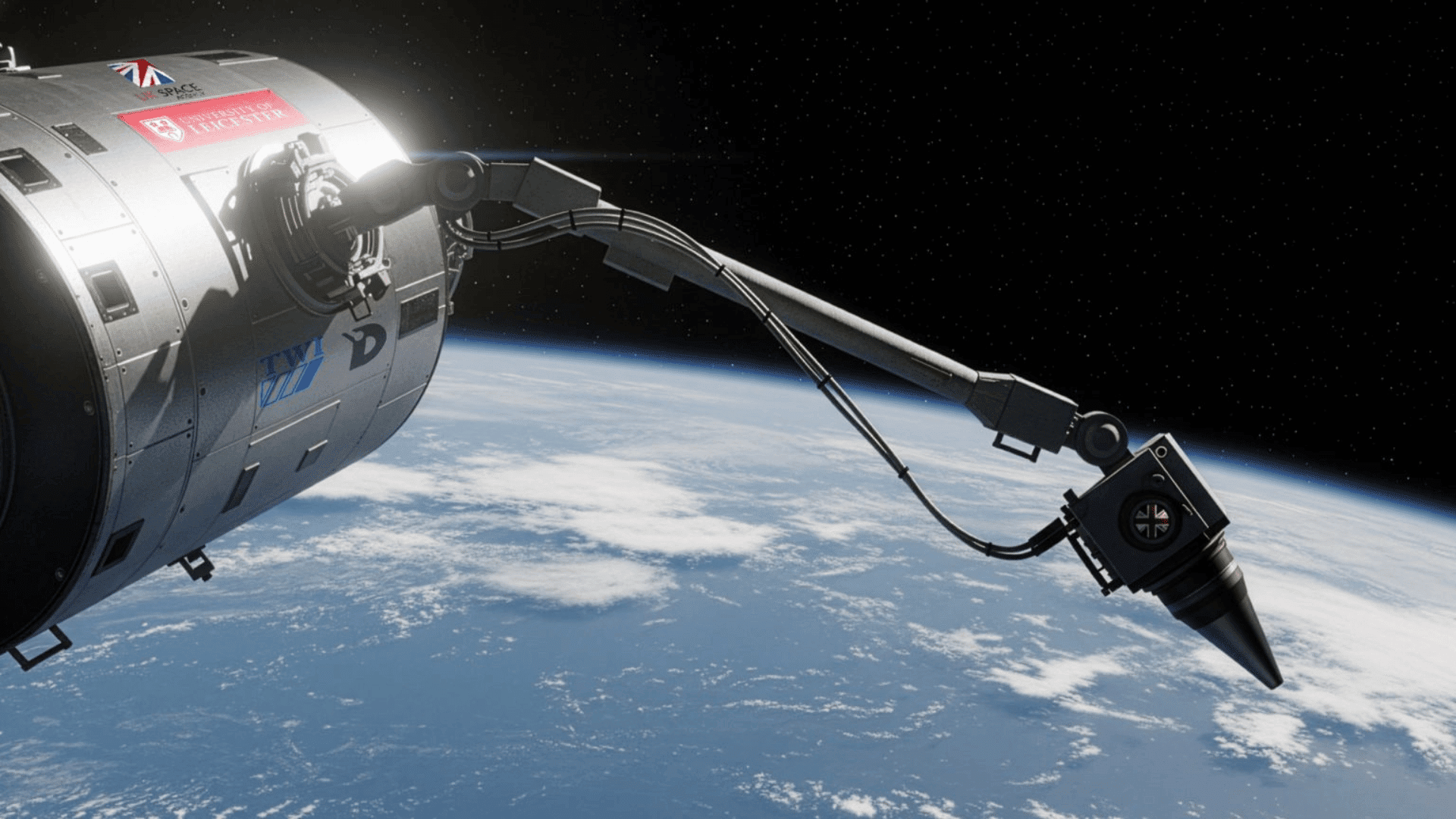NASA scientists recently turned new data from telescopes into cosmic music. They transformed activity around several black holes into a beautiful orchestra. The auditory representations, or sonifications, were collected by NASA’s Chandra X-ray Observatory, James Webb Space Telescope, and Imaging X-ray Polarimetry Explorer (IXPE).

The agency assigned musical notes to data points to translate space observations into sound, allowing listeners to “hear” the cosmos.
WR 124
The first is potentially he birth of a black hole, NASA says. “WR124 is an extremely bright, short-lived massive star known as a Wolf-Rayet.” In the “sonification” of WR124, the nebula is heard as flutes and the surrounding stars as bells.
NASA translated Chandra’s X-ray sources into harp sounds. Data from NASA’s James Webb Space Telescope was turned into “metallic bell-like sounds.” According to NASA, the light of the central star is mapped to produce a descending scream-like sound.
SS 433
The second piece of the black hole composition comes from SS 433. “SS 433 is a binary, or double, system about 18,000 light-years away that sings out in X-rays.”
X-ray notes coupled with radio and infrared data provided a backdrop for the celestial song. NASA says the nebula in radio waves “resembles a drifting manatee.” Bright background stars were played as the water-drop sounds. The location of the binary system is heard as plucking sounds, which pulse to match the fluctuations.
Centarus A
The third and final galactic song comes from a distant galaxy known as Centaurus A. An “enormous” black hole is at the galaxy’s center. According to NASA, the black hole sends a “booming jet across the entire length of the galaxy.” Sweeping from Chandra’s X-rays in the video above, the scan plays them as single-note wind chimes. X-ray light from IXPE produces wind-like sounds. Visible light data from the European Southern Observatory’s MPG telescope shows the galaxy’s stars are mapped to string instruments.
NASA has put together an impressive “out-of-this-world” orchestra between the three videos.







